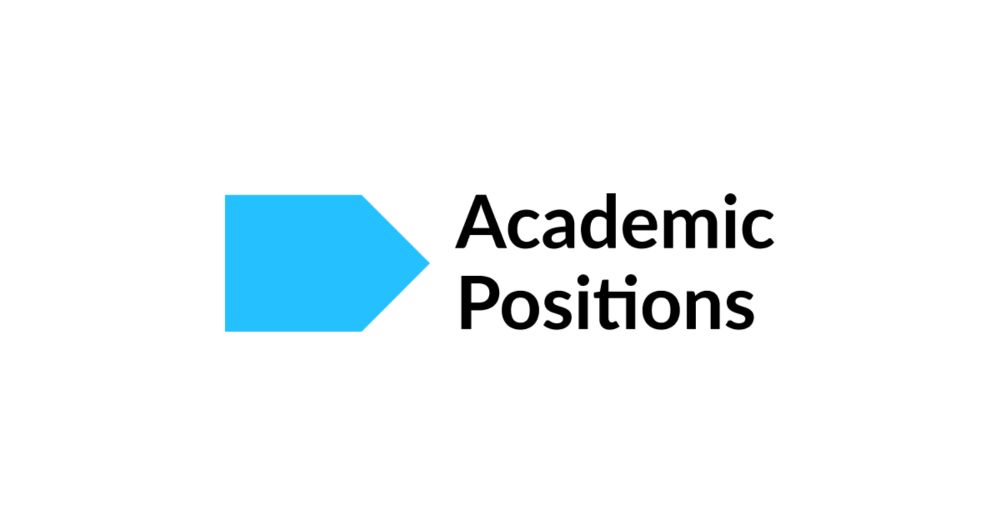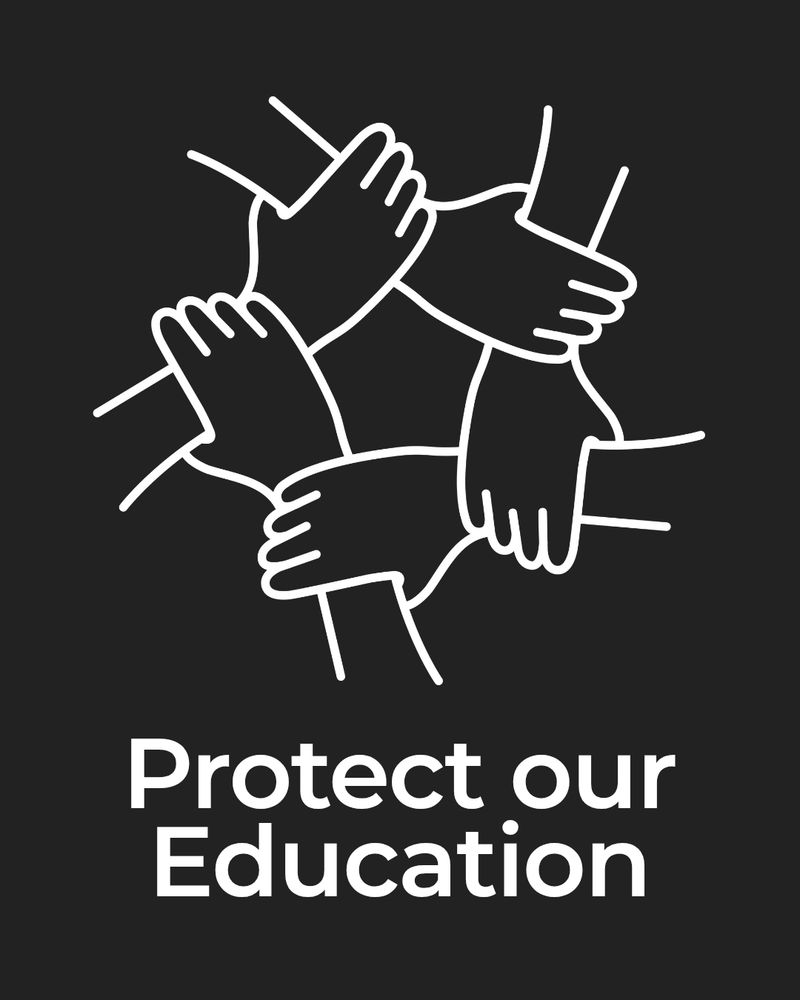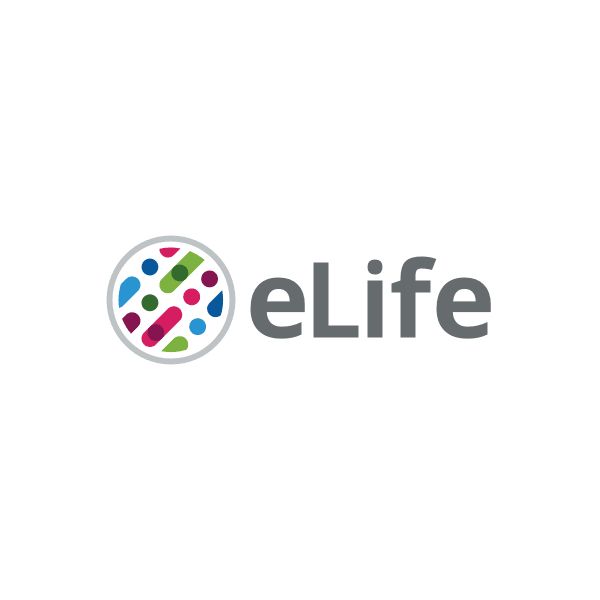OSF
Pre-print 🎉 "Subjective and objective approaches in the study of conscious perception" will be a chapter in www.horizon-minds.com. We explain that subjective and objective are poorly defined constructs and provide a taxonomy.
doi.org/10.31234/osf...
with @svangaal.bsky.social @timostein.bsky.social
17.10.2025 08:34 — 👍 18 🔁 5 💬 0 📌 1
PNAS
Proceedings of the National Academy of Sciences (PNAS), a peer reviewed journal of the National Academy of Sciences (NAS) - an authoritative source of high-impact, original research that broadly spans...
Out for a while but forgot to post it. Using pupil size as a proxy for arousal, we show that the inverted-U shaped arousal–performance curve (Yerkes-Dodson law) is not fixed, but can shift globally depending on neuromodulatory state (atomoxetine): arousal recalibration www.pnas.org/doi/10.1073/...
23.09.2025 15:54 — 👍 8 🔁 3 💬 0 📌 1

🧠 New preprint: Why do deep neural networks predict brain responses so well?
We find a striking dissociation: it’s not shared object recognition. Alignment is driven by sensitivity to texture-like local statistics.
📊 Study: n=57, 624k trials, 5 models doi.org/10.1101/2025...
08.09.2025 18:32 — 👍 109 🔁 37 💬 4 📌 5
A great example of engagement with open peer review 👇
26.08.2025 12:01 — 👍 6 🔁 2 💬 0 📌 0

The great @stijnnuiten.bsky.social on the mechanisms of optimal arousal state. #ASSC28 @assc28.bsky.social
07.07.2025 13:10 — 👍 17 🔁 6 💬 0 📌 0
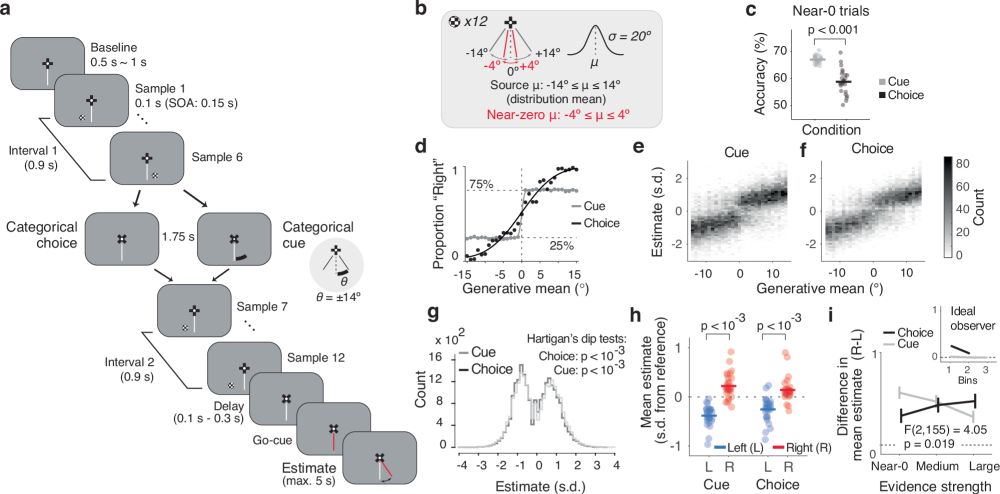
Confirmation bias through selective readout of information encoded in human parietal cortex
Nature Communications - People often discard incoming information when it contradicts their pre-existing beliefs about the world. Here, the authors show that this discarded information is precisely...
1/ New paper by Hame Park, (@AraziAyelet), Bharath Talluri, Marco Celotto, Stefano Panzeri, Alan Stocker & Tobias Donner published in Nature Communications – “Confirmation Bias through Selective Readout of Information Encoded in Human Parietal Cortex”: rdcu.be/etlR7. Here is a summary:
27.06.2025 13:35 — 👍 38 🔁 20 💬 1 📌 0
Very happy this is finally out 🎉. In this paper, we show that conf. reports are biased by a visual illusion, an asymmetrical base rate and a payoff scheme. Crucially, we show that only the visual illusion affects subj. experience, suggesting decision bias leaks onto confidence reports.
22.05.2025 10:53 — 👍 30 🔁 11 💬 2 📌 1
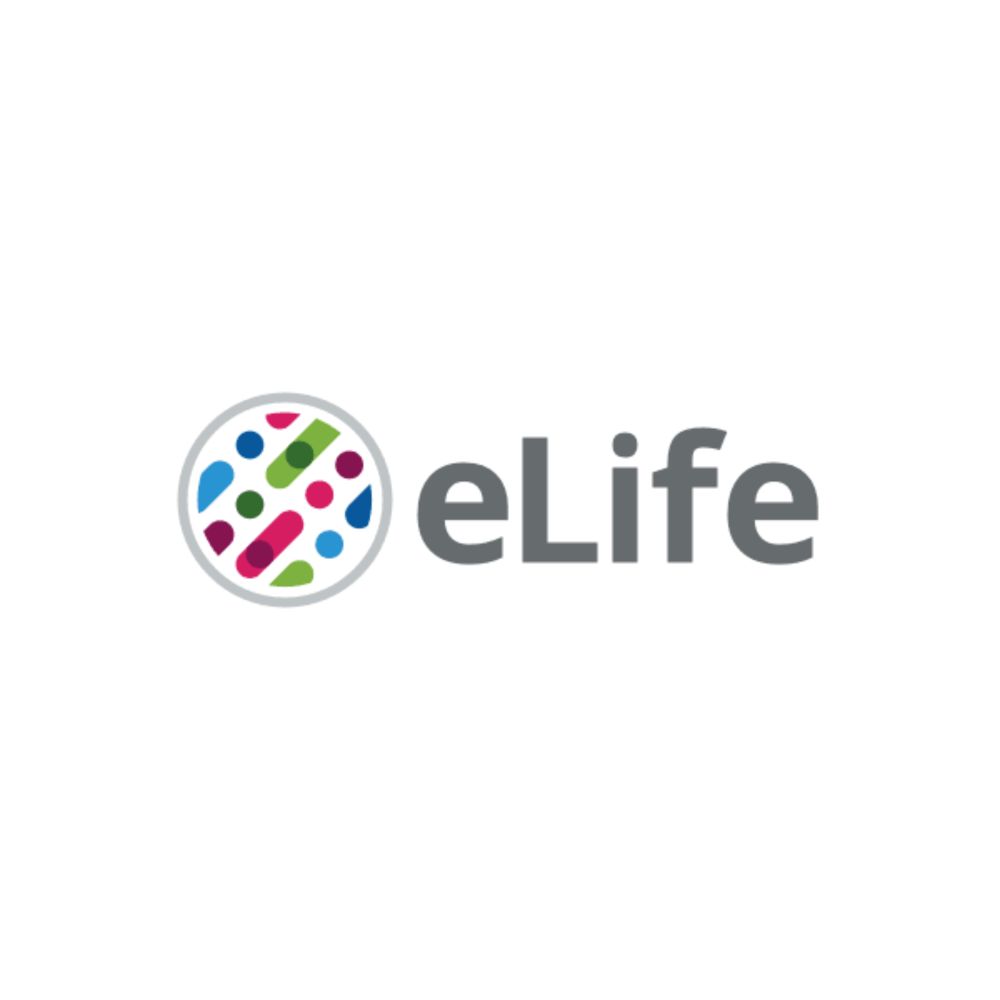
A causal role of the NMDA receptor in recurrent processing during perceptual integration
Memantine selectively improves neural decoding of attended illusory contours, revealing NMDA receptor-dependent enhancement of feedback processing in human visual perception.
We show that memantine selectively improves neural decoding of attended illusory Kanizsa triangles, revealing NMDA receptor-dependent enhancement of feedback processing.
elifesciences.org/articles/100...
Thanks to Samuel Noorman @fahrenfort.bsky.social @timostein.bsky.social Jasper Zantvoord
25.06.2025 09:46 — 👍 29 🔁 13 💬 3 📌 1

Out now @cp-trendscognsci.bsky.social, w/ @akalt.bsky.social & @drmattdavis.bsky.social.
Are sensory sampling rhythms fixed by intrinsically-determined processes, or do they couple to external structure? Here we highlight the incompatibility between these accounts and propose a resolution [1/6]
19.06.2025 11:18 — 👍 69 🔁 31 💬 3 📌 1
🥳 The 2024 Impact Factor & CiteScores are now released. We're pleased to inform you that Neuroscience of Consciousness #NCONSC achieved an Impact Factor of 4.3 (2023 IF 4.1). We are very excited and thankful for our prolific community of consciousness science! #consci @thomasandrillon.bsky.social
18.06.2025 11:03 — 👍 17 🔁 4 💬 1 📌 0
Call for Commentary Proposals - Conscious artificial intelligence and biological
Call for Commentary Proposals - Conscious artificial intelligence and biological naturalism
1/ Can AI be conscious? My Behavioral & Brain Sciences target article on ‘Conscious AI and Biological Naturalism’ is now open for commentary proposals. Deadline is June 12. Take-home: real artificial consciousness is very unlikely along current trajectories. www.cambridge.org/core/journal...
07.06.2025 08:58 — 👍 63 🔁 20 💬 2 📌 7

abstract blue and ink image that resembles a slice through a brain
🧠 Did you really see that? Or did your brain just think you did?
How confidently we report what we see can shape our brain activity. That means our own reporting habits might blur the line between “aware” and “unaware” in research on #consciousness.
buff.ly/L3c7sVe
02.06.2025 15:59 — 👍 3 🔁 1 💬 1 📌 0
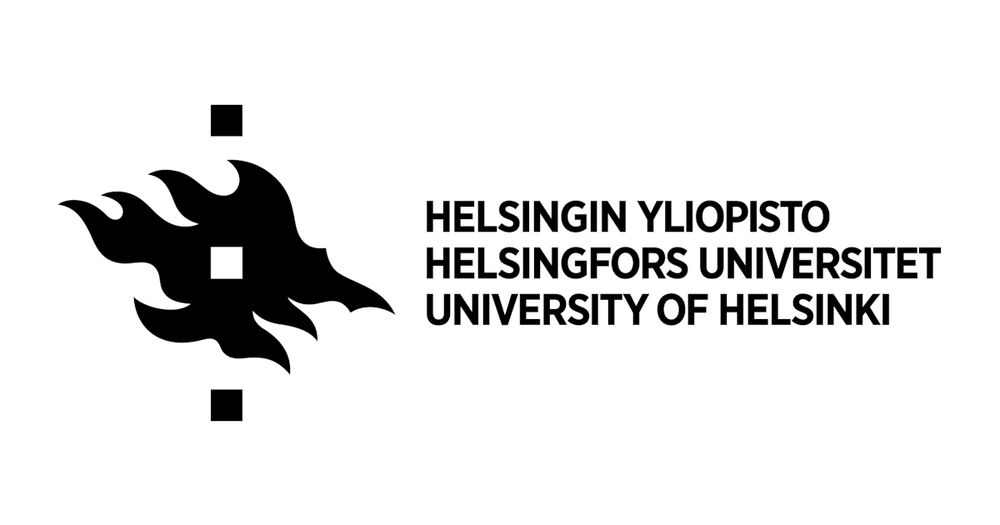
Large-scale interactions in perception and prediction across species | HiLIFE – Helsinki Institute of Life Science | University of Helsinki
Andres Canales-Johnson research group
I am opening one PhD position at the Neuroscience Center @uhneuro.bsky.social, focusing on large-scale neural interactions in perception and prediction (ECoG/LFPs/MEG) across human and non-human primates using comp. modeling and information theory. contact: www.helsinki.fi/en/hilife-he...
30.05.2025 11:01 — 👍 26 🔁 15 💬 0 📌 1
Finally the Version of Record of our paper "Criterion placement threatens the construct validity of neural measures of consciousness" is out in @elife.bsky.social as *fundamental* and *compelling*!
doi.org/10.7554/eLif....
29.05.2025 09:11 — 👍 30 🔁 11 💬 2 📌 1
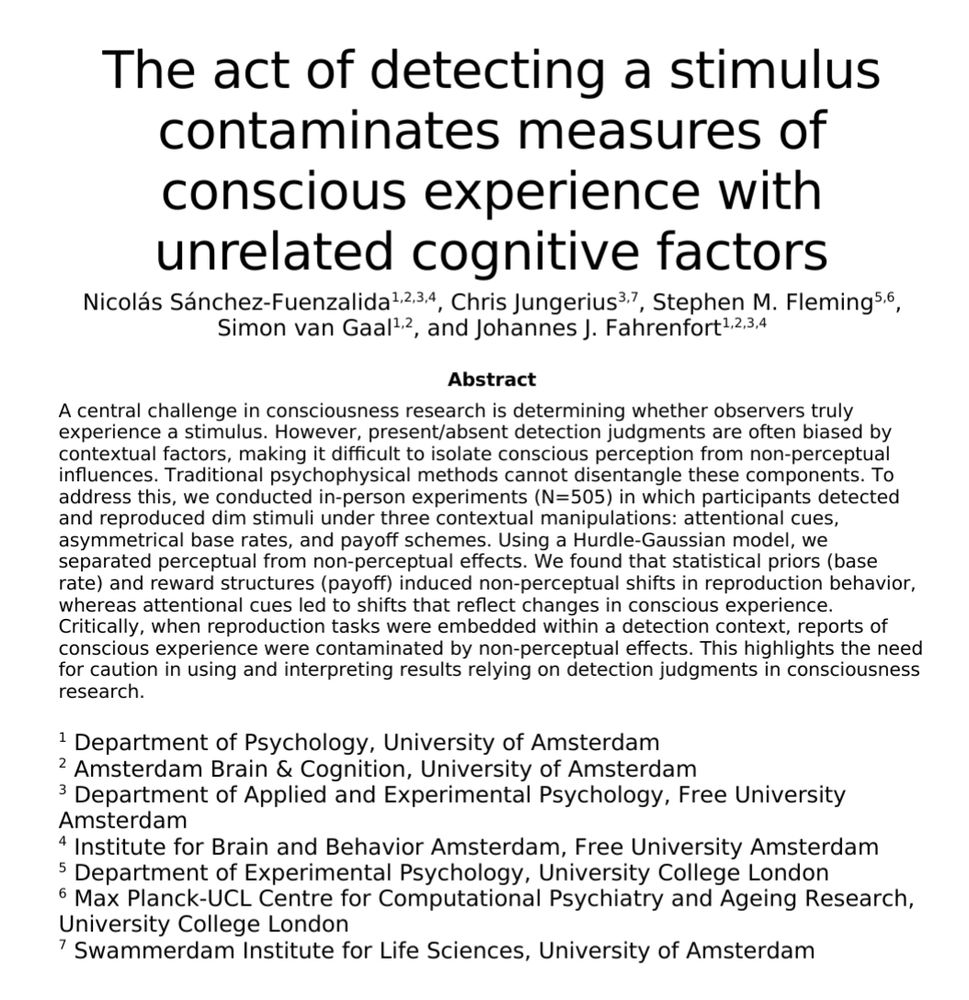
(couldn't wait till Monday because I'm impatient) this lovely preprint has the last part of my phd work and now is out and about 🎉🎊. will write a thread on Monday. stay tuned 📻.
osf.io/preprints/ps...
24.05.2025 09:39 — 👍 38 🔁 8 💬 3 📌 0
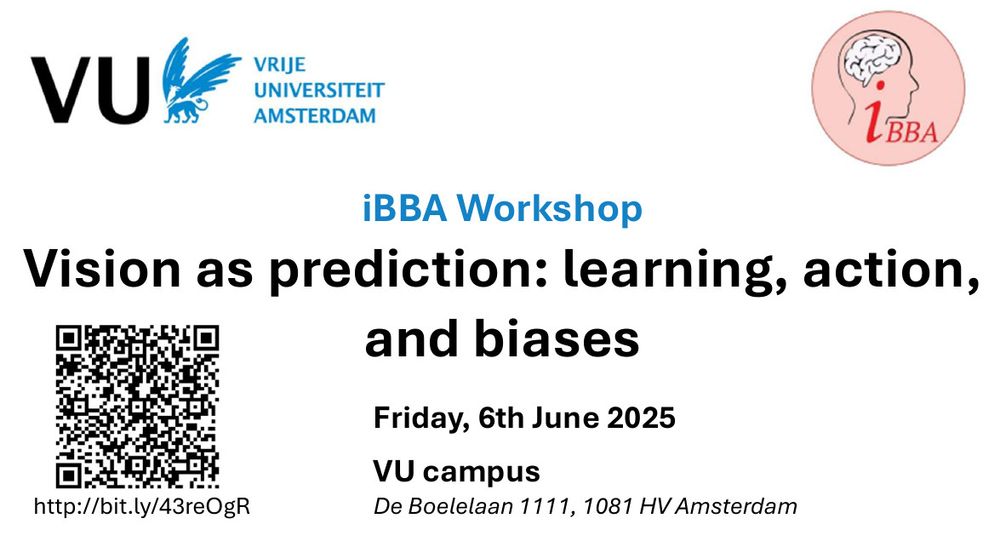
To celebrate the defence of my PhD, and thanks to
@ibbamsterdam.bsky.social, I will host a symposium titled "Vision as prediction: learning, action, and biases" on June 6. Program, registration and more information here: bit.ly/43reOgR
20.05.2025 12:48 — 👍 16 🔁 12 💬 1 📌 1
Criterion placement threatens the construct validity of neural measures of consciousness
🎉 Our paper "Criterion placement threatens the construct validity of neural measures of consciousness" is now out in eLife! 🎉
TL;DR: Both simulations and empirical data show that you should not post-hoc sort neural data based on subjective measures of consciousness.
elifesciences.org/reviewed-pre...
03.12.2024 08:27 — 👍 56 🔁 20 💬 3 📌 4

Bias manipulation modulates pre-stimulus motor cortex lateralisation, reflecting a starting point bias. This task-related modulation of lateralised activity is weakest on trials with large phasic pupil-linked arousal.
Neural and computational analyses further revealed that task effects on preparatory activity over motor cortex, resembling a starting point bias, were smallest on trials with high phasic pupil-linked arousal. (5/6)
19.05.2025 15:13 — 👍 0 🔁 1 💬 1 📌 0
Phasic and tonic arousal distinctly shape human decision bias
Neuroscientific theories hypothesize that arousal fluctuations influence human perception and behavior in two functionally distinct ways: through variations in baseline state (tonic arousal) and by tr...
⚠️ Come see our new preprint, in which we (@degeelab.bsky.social, Jasper Zantvoord, @psterzer.bsky.social, @fahrenfort.bsky.social & @svangaal.bsky.social) show that phasic (task-evoked) and tonic (baseline) arousal distinctly shape human decision bias! (1/6)
dx.doi.org/10.21203/rs....
19.05.2025 15:13 — 👍 10 🔁 6 💬 1 📌 0
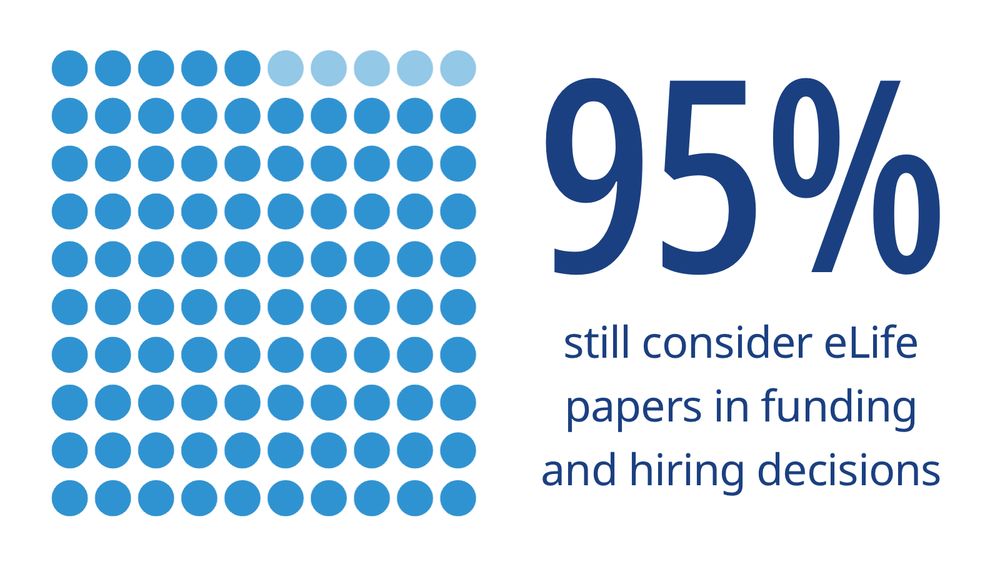
95% still consider E life papers in funding and hiring decisions
Over 100 organisations still consider eLife papers when evaluating research contributions since losing our Impact Factor: buff.ly/wGQWNqs
Help us rally more community support for research reform and let us know your funder or institution’s stance on the #ImpactFactor 💬
08.05.2025 13:54 — 👍 34 🔁 13 💬 0 📌 0
Cognitive neuroscientist & clinical neuropsychologist, Excellence chair junior professor at University of Lorraine, Nancy, France. Brains, attention, vision, intracerebral recordings & farniente
ARC DECRA Fellow. Head of the Prediction and Decision-Making Lab at the University of Melbourne, Australia. Decision-making, predictive brains, neural adaptation, computational neuroscience, EEG, machine learning. He/him
INSERM scientist in Grenoble; perceptual consciousness and metacognition with invasive electrophysiology and single neuron recordings (in humans); http://mpereira.me
The goal of our research is to understand how brain states shape decision-making, and how this process goes awry in certain neurological & psychiatric disorders
| tobiasdonner.net | University Medical Center Hamburg-Eppendorf, Germany
Experimenter charmed by unconsciousness. FNRS ULiège PI leading the @physiocognition.bsky.social | Co-EiC Neuroscience of Consciousness (OUP) | Co-chair of the assc2025.gr/ @assc28.bsky.social
Computational Neurobiologist from Sydney, Australia. https://shine-lab.org
Postdoctoral researcher at the Translational Psychiatry Lab, University of Basel & UPK Basel.
Interested in the role of neuromodulatory systems and arousal on perception in health and disease.
Picower Professor of Neuroscience @ MIT
Cognitive neuroscience, executive brain functions, consciousness, and bass guitar. You know, the good stuff.
ekmillerlab.mit.edu
Co-founder, Neuroblox
https://www.neuroblox.ai/
@Penn Prof, deep learning, brains, #causality, rigor, http://neuromatch.io, Transdisciplinary optimist, Dad, Loves outdoors, 🦖 , c4r.io
Cognitive Neuroscientist | Assistant Prof at VU Amsterdam | Active vision, memory, imagery | Multi-task studies, fMRI, eye tracking | https://matthiasnau.com
Professor at Stanford. Psychology/Neuroscience/Data Science. Books include: The New Mind Readers, Handbook of fMRI Data Analysis, Hard to Break, and Statistical Thinking.
https://poldrack.github.io/
The funder-researcher collaboration and open-access publisher for research in the life and biomedical sciences.
Follow @eLifeCommunity.bsky.social
Metascience, statistics, psychology, philosophy of science. Eindhoven University of Technology, The Netherlands. Omnia probate. 🇪🇺
Assistant Professor of Cognitive AI @UvA Amsterdam
language and vision in brains & machines
cognitive science 🤝 AI 🤝 cognitive neuroscience
michaheilbron.github.io
Professor of Psychology & Neuroscience at Duke University. Studying cognitive control, loving lots of other stuff.
www.egnerlab.org
Professor Vrije Universiteit Amsterdam, Director Institute Brain and Behavior Amsterdam, human brain and mind, attention, predictive processing, action, consciousness, meditation
www.heleenslagter.com
Studying the stream of consciousness during sleep and wakefulness
Neuroscientist at the Paris Brain Institute
Chargé de Recherche Inserm
Adjunct Senior Research Fellow at Monash University
Co-Editor-in-Chief of Neuroscience of Consciousness (OUP)
philosopher: consciousness, rationality, self-evidencing, contemplation
https://www.monash.edu/m3cs
Psychologist and neuroscientist. Studying how we perceive, act and decide
Reader (Associate Professor) - Birkbeck, University of London
https://psyc.bbk.ac.uk/uncertainty/
University of Bristol. IrrationalityLab. Interested in human decision-making. https://www.ktsetsoslab.net








